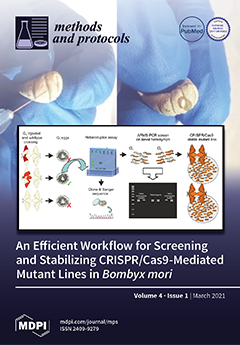Open AccessArticle
Validity and Cost-Effectiveness of Pediatric Home Respiratory Polygraphy for the Diagnosis of Obstructive Sleep Apnea in Children: Rationale, Study Design, and Methodology
by
Esther Oceja, Paula Rodríguez, María José Jurado, Maria Luz Alonso, Genoveva del Río, María Ángeles Villar, Olga Mediano, Marian Martínez, Santiago Juarros, Milagros Merino, Jaime Corral, Carmen Luna, Leila Kheirandish-Gozal, David Gozal and Joaquín Durán-Cantolla
Cited by 7 | Viewed by 3297
Abstract
Obstructive sleep apnea (OSA) in children is a prevalent, albeit largely undiagnosed disease associated with a large spectrum of morbidities. Overnight in-lab polysomnography remains the gold standard diagnostic approach, but is time-consuming, inconvenient, and expensive, and not readily available in many places. Simplified
[...] Read more.
Obstructive sleep apnea (OSA) in children is a prevalent, albeit largely undiagnosed disease associated with a large spectrum of morbidities. Overnight in-lab polysomnography remains the gold standard diagnostic approach, but is time-consuming, inconvenient, and expensive, and not readily available in many places. Simplified Home Respiratory Polygraphy (HRP) approaches have been proposed to reduce costs and facilitate the diagnostic process. However, evidence supporting the validity of HRP is still scarce, hampering its implementation in routine clinical use. The objectives were: Primary; to establish the diagnostic and therapeutic decision validity of a simplified HRP approach compared to PSG among children at risk of OSA. Secondary: (a) Analyze the cost-effectiveness of the HRP versus in-lab PSG in evaluation and treatment of pediatric OSA; (b) Evaluate the impact of therapeutic interventions based on HRP versus PSG findings six months after treatment using sleep and health parameters and quality of life instruments; (c) Discovery and validity of the urine biomarkers to establish the diagnosis of OSA and changes after treatment.
Full article
►▼
Show Figures






